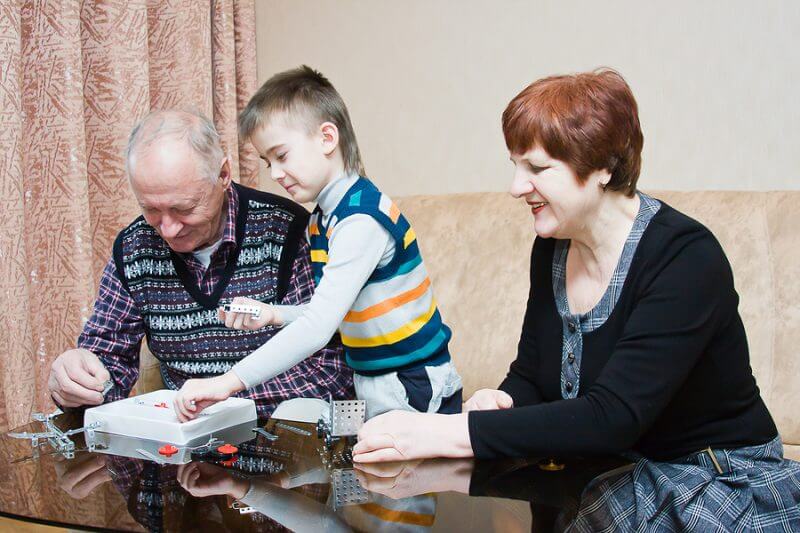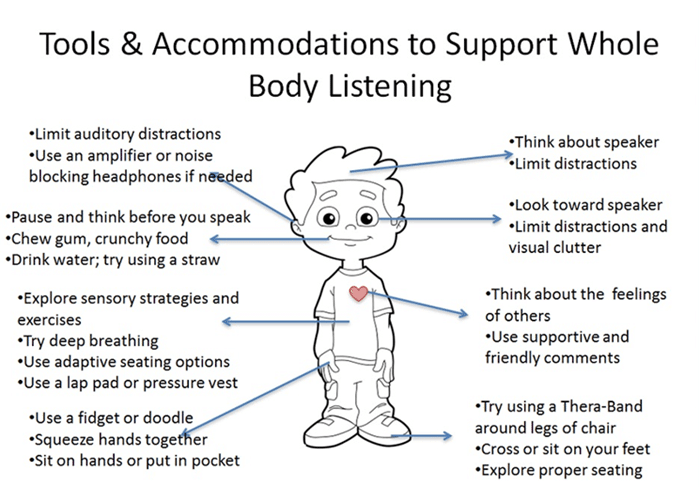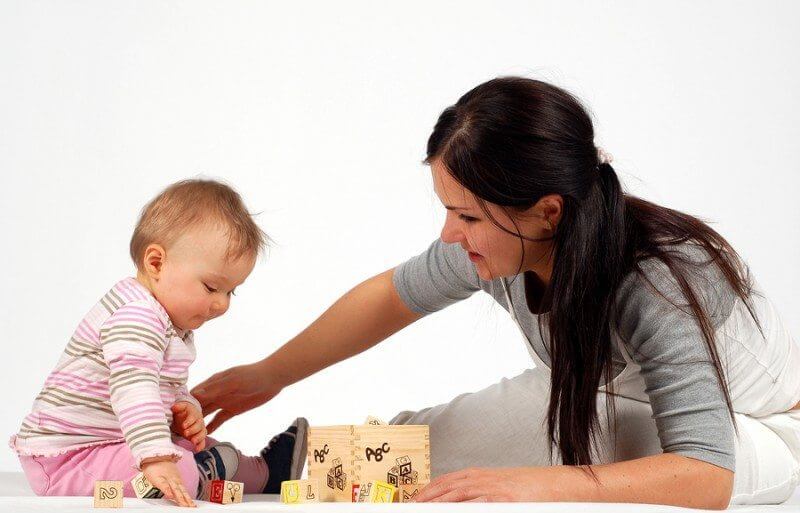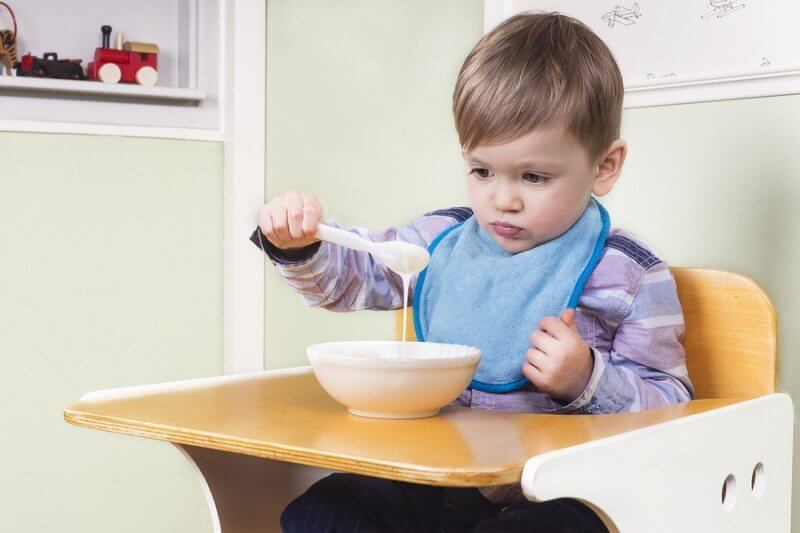7 Household Chores for a Child with ASD
While many of us learn to dislike our chores or household duties, we all like the feeling that we can help! Household chores can be loads of fun especially for younger children who actively look for ways to participate. For those on the spectrum, household chores can be a way to improve or create self-esteem, and ultimately lead towards more…














